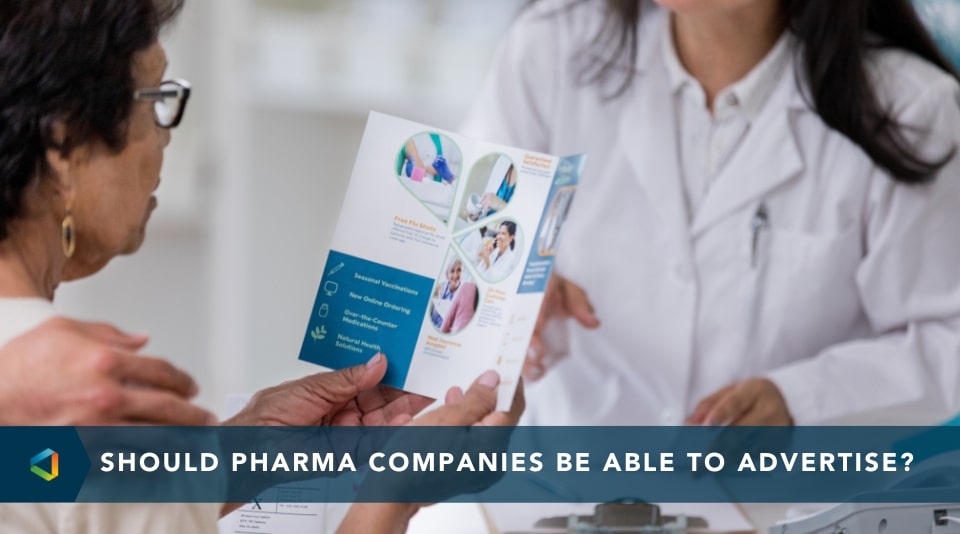Healthy People, Lower Costs
3 Ways Employers Overspend on Prescription Drugs
3 Ways Employers Overspend on Prescription Drugs
In a slanted healthcare system, it’s easy for plan sponsors to accidentally pay more than necessary for employee pharmaceuticals. Here, we detail the three most common ways that overcharging happens.
Pharmacy Benefit Managers (PBMs), are entities that act as middlemen between plan sponsors and drug manufacturers. The PBM sector has consolidated into three big names that control approximately 90% of the market, giving these organizations a lot of sway in how drugs are priced in the United States. Most employers that provide health benefits need to work with PBMs, so it pays to understand the tactics that PBMs use to push prices up and drive their profits.
The three most common tactics that you should be aware of are spread pricing, manufacturer rebates, and deliberate drug waste. Taking the time to understand these will arm you with the information and context needed to push back, audit your spending, and get costs under control.
Spread Pricing
Spread pricing occurs when PBMs charge more for a prescription drug than what they reimburse to the pharmacy and pocket the difference for themselves. This difference in cost, or “spread”, is not disclosed, meaning that PBMs have free reign to mark prices up as much as they would like (or as much as they think they can get away with). This often results in plan sponsors paying exorbitant fees without being any the wiser.
Spread pricing provides PBMs with an extra layer of hidden profit that commonly equals 10% or more of an employer’s total pharmacy spend. For example, imagine that a PBM bills a plan sponsor $7,200 for a one month supply of Imatinib, a generic cancer treatment. However, reimbursement to the local pharmacy for this prescription was only $3,800. This amounts to an 86% increase that is entirely invisible to the plan sponsor, which goes straight from their corporate coffers to the PBM’s bottom line.
Spread pricing is extraordinarily common in America and has resulted in skyrocketing pharmaceutical costs not only for employers, but for patients as well. This arbitrary price inflation has negative health consequences, forcing people with severe medical conditions to make difficult sacrifices in order to afford medicine that they need to stay alive.
Manufacturer Rebates
A rebate is a form of price concession paid by a pharmaceutical manufacturer to the health plan sponsor or the pharmacy benefit manager working on the plan’s behalf. Rebate amounts are set by the manufacturer and only paid on dispensed prescriptions. Proponents argue that rebates result from vigorous negotiations that help lower overall drug costs. Critics argue that rebates have perversely increased the costs patients pay out of pocket.
Pharmaceutical rebates are similar to the discounts that consumers often take advantage of when purchasing furniture, appliances, or other high-cost items. A certain percentage is taken off the “sticker price” of a drug in order to entice PBMs to cover and promote it, which increases the number of people who can access said drug through their employer-sponsored health insurance. However, PBMs are not obligated to reflect these rebates in the pricing that they show to plan sponsors, and generally choose not to do so. One of the most distressing aspects of this practice is the fact that there are usually inexpensive alternatives to the brand-name drugs that these rebates are applied to, but PBMs and manufacturers deliberately push the most costly option possible in order to cash in at the expense of patients and plan sponsors.
PBMs further capitalize on this dynamic by encouraging bidding wars between drug manufacturers to determine which medicines get to be on their formularies. Generally speaking, the winner is whoever offers them the highest rebate, i.e., the largest sum of free money. This perverse incentive essentially rewards higher pricing, completely inverting the competitive forces that would work to lower prices in normal market conditions.
Many of the standard formularies in pharmacy contracts include drugs that provide PBMs with the most profit rather than less expensive alternatives that are equal in clinical effectiveness. Unfortunately for patients and plan sponsors, the scale of this practice is only growing: in 2019, pharmaceutical companies offered $175 billion in discounts and rebates, close to triple the $59 billion they offered in 2012.
Deliberate Drug Waste
Drug waste is a catch-all term for several exploitative practices used by manufacturers and PBMs to create extraordinarily large and totally artificial profit margins. It is estimated that this type of waste represents between three and 12 percent of all pharmacy claims costs. Drug waste can take many forms, such as needlessly promoting brand-name drugs over generic alternatives, pricing drugs differently based on their formulation (tablet vs. capsule vs. inhalant, etc.), or creating pricey pharmaceuticals that are nothing more than a combination of multiple over-the-counter drugs. Examples of each of these are below:
• Metformin is a generic medication for type 2 diabetes. The brand-name equivalent, Glucophage, costs nearly thirteen times more than metformin. These medications are chemically identical to each other, yet Glucophage is still filled.
• Fluoxetine is the active ingredient in the antidepressant Prozac. A 20 mg tablet of fluoxetine is four times as expensive as an equivalent dose in capsule form. There is no therapeutic difference between these formulations, but oftentimes doctors will still write for the tablets without knowing the significant price difference.
• Vimovo is a pain relief drug that is commonly prescribed for arthritis at a cost of $2,600 per prescription. However, Vimovo is nothing more than a combination of Nexium and Aleve, two over-the-counter medications with a combined cost of about $24. Employers with health plans that cover Vimovo and other drugs like it are simply throwing thousands of dollars down the drain every time one of these prescriptions is filled.
How to Fight Pharma Price Inflation
Protecting yourself from these sorts of profit-boosting initiatives is an uphill battle, but awareness is the first step. Knowing common price inflation tactics such as these enables you to ask intelligent questions, push back against eye-popping charges, and even make the case for moving your organization to an alternative health plan funding model. Employers in fully insured health plans or limited self-funding plans may want to consider an “unbundled” plan model that allows them to carve-out their PBM, exclude unnecessary and expensive medications, and take other steps to regain control over their pharmaceutical spending.
For additional ways to lower costs for your organization, read our Cost Containment playbook, and contact OneDigital Pharmacy Consulting to discuss putting these strategies in place for your team.





